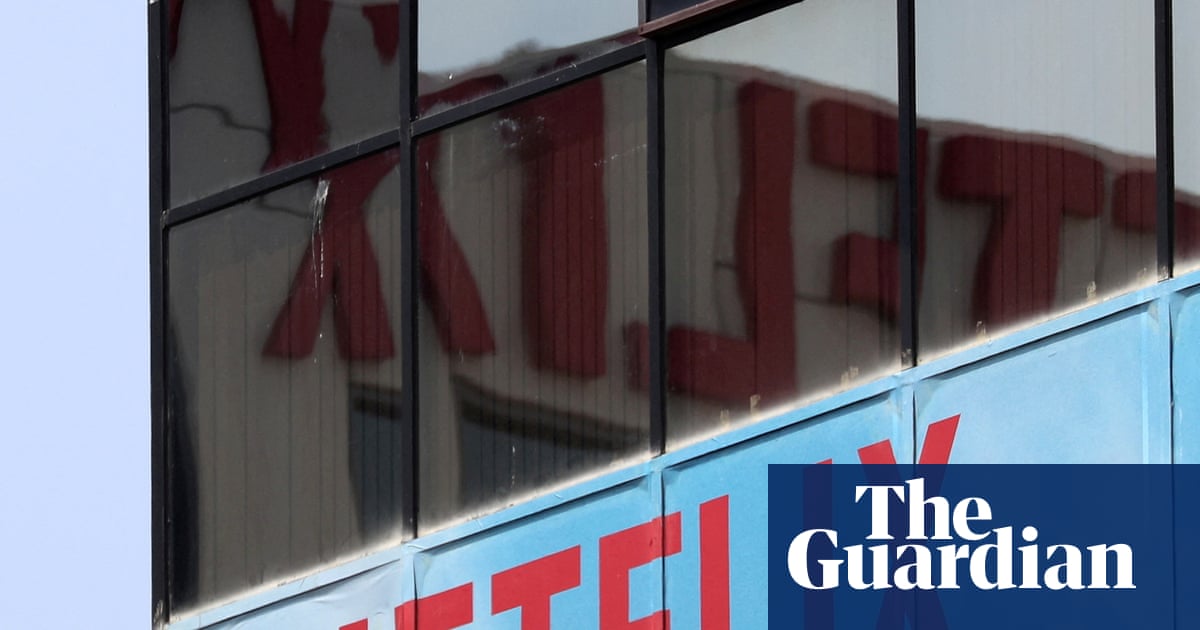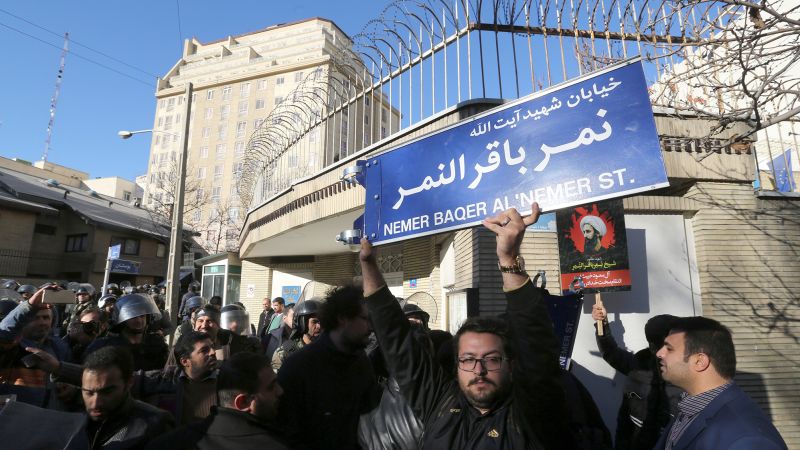The recent drama that unfolded when Kitui East Member of Parliament (MP) Nimrod Mbai was caught on camera assaulting a Kenya Power engineer has brought to the fore the struggles the power utility firm is facing in its efforts to reduce electricity theft that is costing it billions of shillings annually.
The engineer had gone to disconnect an illegal power connection at the MP’s Kitengela home.
Regardless of the claims and facts surrounding the case, it is no secret that electricity theft is one of the power distributor’s main headaches, especially at a time the energy regulator is increasingly limiting the amount of these losses that the firm can pass on to consumers.
Kenya Power has been aggressively expanding its network over the last decade, which has grown it customer base to about 9 million by December last year from just 2.7 million.
However, this expansion has come at a major cost to its efficiency, as its system efficiency has declined from 82.49 percent as at end of June 2015 to 76.05 percent as at end of June 2021.
The power firm’s system losses – that is the amount of electricity that is bought but lost along the way due to theft and system inefficiencies – stood at 22.43 percent in the year to June 2022.
During that year, Kenya Power bought 12,653 gigawatt-hours (GWh) from power producers but sold 9,814GWh to customers, which means 2,839GWh were lost along the way.
The Energy and Petroleum Regulatory Authority (Epra) has allowed the company to recover 19.9 percent of the losses or Sh21.07 billion during that year from consumers through higher power prices.
“These losses contribute to higher power charges to the consumers,” said Auditor-General Nancy Gathungu in her audit report on the firm’s financials.
The difference between the actual losses and allowable losses is incurred by the company.
Power loss
“The difference or excess of power loss above the approved recovery rate of 19.9 percent constitutes inefficiency power loss whose cost is not passed on to the consumers and therefore increases the operating costs of the company,” said Ms Gathungu.
Kenya Power estimates that for every 1 percent loss, it incurs about Sh800 million which translates to a total loss of Sh2 billion which the company incurred from the system losses.
But what is worrying the company is that Epra has reduced the amount of losses that can be passed on to consumers.
Through the new three-year power tariffs that took effect in April, the energy regulator reduced the allowable system losses from 19.9 percent to 15.84 percent in the financial year 2022/23.
For the financial years 2023/24, 2024/25 and 2025/26, Epra has progressively further lowered the allowable losses to 15.03 percent, 14.21 percent and 13.4 percent respectively.
This means that unless Kenya Power drastically seals the loopholes that are allowing illegal power connections as well as invest in its aging transmission and distribution networks, it will incur more losses which it cannot recover from customers.
This is why the utility has accelerated a crackdown on illegal power connections which led to the drama at Mr Mbai’s home in Kitengela. Kenya Power says it will step up the disconnection of such illegal connections and recover the lost power from the beneficiaries.
The campaign against power theft comes at a time the finger is being pointed at some of the utility’s employees who are accused of perpetuating the trade of wiring illegal connections to individuals and even commercial customers at a fee.
“There was a gradual improvement of the efficiency level by 1.5 percent in the current financial year owing to the focus in addressing commercial losses. This was through recovery of lost units, removal of illegal connections and replacement of faulty meters,” said the firm in its annual report for the fiscal year 2021/22.
The firm has however announced investment of about Sh10 billion in the financial year 2023/24 to erect new power lines and build new substations in the financial year starting July in a bid to strengthen its electricity distribution network.
Reducing system losses would come in handy for the company which is still reeling from the impact of the 15 percent power prices cut that was effected in January last year which led to a significant hit to its revenues.
Kenya Power sunk into a Sh1.14 billion net loss for the six months to December 2022.









 English (US)
English (US)